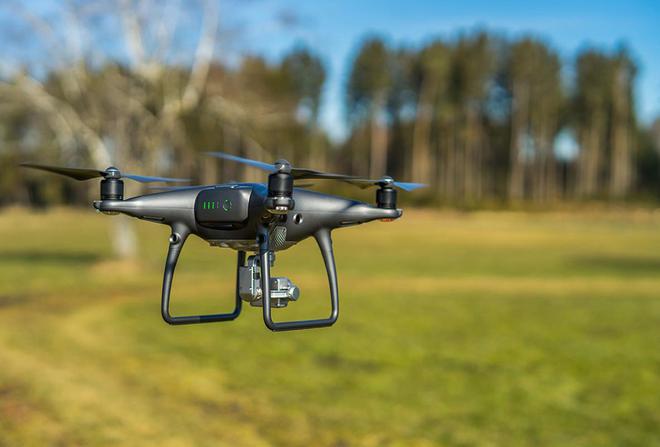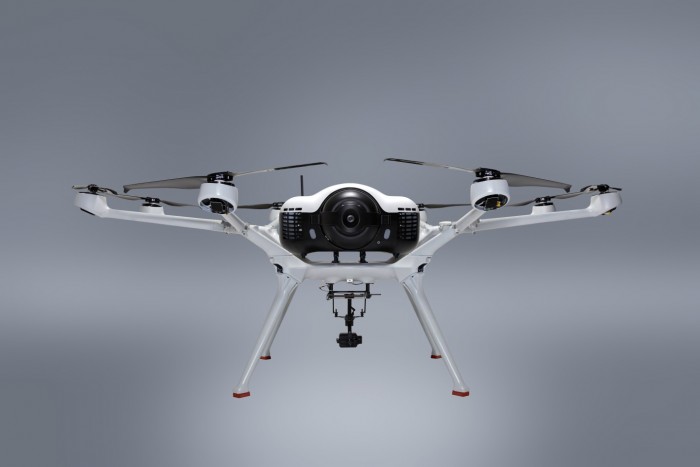In recent years, the technology behind fixed wing drones has evolved dramatically, transforming them into versatile tools for various industries. Unlike traditional rotary drones, fixed wing versions are akin to miniature airplanes, providing unique advantages such as extended flight range, higher speed, and better energy efficiency. This article delves into the latest innovations in fixed wing drone technology, highlighting their applications, benefits, and future potentials.
Understanding Fixed Wing Drones
The main distinguishing feature of fixed wing drones is their airplane-like structure. They have a fixed planform that allows them to glide through the air using lift generated by their wings, unlike the hovering capability found in multirotor drones. This design facilitates longer flights, making them ideal for surveying large expanses of land, such as agricultural fields or environmental monitoring sites.
Key Innovations
One of the most significant advancements in fixed wing drone technology is in the power management systems. Modern models now incorporate solar power capabilities, allowing them to recharge during flight and extend their operational time significantly. This can be particularly useful for environmental monitoring where long-duration flights are essential.

Another pivotal innovation is in the autonomous flight systems. Advances in artificial intelligence and machine learning have enhanced the capability of fixed wing drones to perform complex tasks with minimal human intervention. From adjusting flight paths to obstacle avoidance, these systems make drones safer and more reliable.
Applications Across Industries
Fixed wing drones have found applications across various sectors. In agriculture, they are used for crop monitoring and precision farming. These drones can cover vast areas quickly, identifying plant health issues and assisting farmers in optimizing crop yields. In the energy sector, fixed wing drones are employed for inspecting pipelines and geographical surveys, providing critical data in record time.
Economic and Environmental Impact
The increased efficiency and longer flight times of fixed wing drones make them a cost-effective solution for many industries. They reduce the dependency on manned aircraft and offer an environmentally friendly alternative with lower carbon footprints. As technology continues to improve, the economic benefits will become even more pronounced.
Challenges and Future Prospects
Despite their numerous advantages, fixed wing drones also face challenges. Their launch and landing require space, which can be an issue in urban settings. However, innovations like vertical take-off and landing (VTOL) capabilities are being integrated to overcome these limitations. Looking to the future , the integration of 5G technology is expected to enhance real-time data processing capabilities, increasing operational efficiency and opening up new possibilities for real-time applications.
, the integration of 5G technology is expected to enhance real-time data processing capabilities, increasing operational efficiency and opening up new possibilities for real-time applications.
Conclusion
With continuous technological advancements, fixed wing drones are poised to revolutionize various industries by offering efficient, reliable, and eco-friendly solutions. As these drones become more sophisticated, their adoption will likely expand, leading to more innovative applications.
FAQs
Q: What are the main benefits of using fixed wing drones over rotary drones? A: Fixed wing drones offer longer flight times, higher speeds, and greater energy efficiency, making them ideal for covering large areas.
Q: Are fixed wing drones suitable for urban environments? A: While traditionally more challenging due to take-off and landing space requirements, innovations like VTOL are making them more suitable for urban settings.
Q: How does solar power enhance the functionality of fixed wing drones? A: By incorporating solar panels, fixed wing drones can recharge during flight, significantly extending their operational duration and making them more versatile for long-term missions.